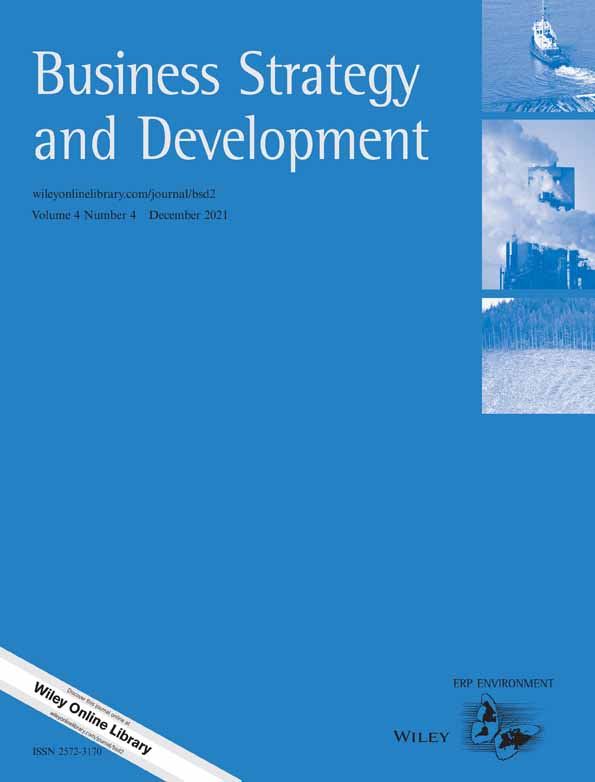2015 was the United Nations International Year of Soils and, for the first time, soils and the life within them were in the spotlight globally. An international group of experts and scientists from the European Commission’s Joint Research Centre (JRC), in close collaboration with colleagues from the Commission’s Directorate-General for the Environment and the Global Soil Biodiversity Initiative, have produced the first ever Global Soil Biodiversity Atlas. Soils are vital for human survival and underpin many sectors of our economy. It is estimated that 99% of the world’s food comes from the terrestrial environment. But soils are also home to over a quarter of global biodiversity. Millions of soil-dwelling organisms promote essential ecosystem services – from plant growth to food production. They support biodiversity, benefit human health, promote the regulation of nutrient cycles that in turn influence climate, and represent an unexplored capital of natural sources. Our knowledge of soil life is growing continuously, thanks to recent technological advances and awareness of its value. However, it is estimated that only 1% of soil microorganism species have been identified. Therefore, understanding the highly complex and dynamic life below ground remains one of the most fascinating challenges facing scientists today. A clearer picture of our soils will allow us to better understand environmental and global climate change processes whilst also exploring possible adaptation strategies. Pressures on soil organisms are well known. An ever increasing global population, and increased demand for food and fibre lead to intensified agriculture, greater use of fertilisers and pesticides as well as monocultures. Unsustainable agricultural practices, climate change, soil erosion and loss of aboveground diversity all negatively affect organisms that live in soil. To develop actions that will preserve soil life, we need to better understand the consequences of the loss of soil biodiversity. The Global Soil Biodiversity Atlas raises awareness of the role of soil organisms in sustaining life on our planet, and presents the latest research on soil biodiversity. It is also a major contribution to the EU target of halting the loss of biodiversity and ecosystem services in the EU by 2020, and the goals of the 2030 Agenda for Sustainable Development on sustainable food production and fighting land degradation. This publication marks a crucial step towards a global coordinated effort to assess life below ground, and highlights the need to improve soil conservation and the diversity of life within it























